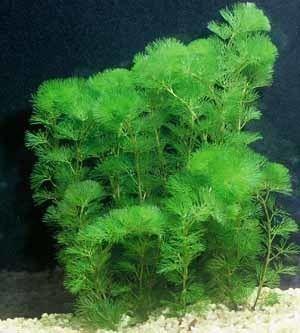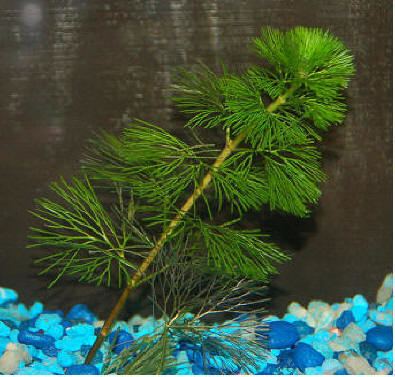Family Cabombaceae Higher classification Cabombaceae | Scientific name Cabomba Rank Genus | |
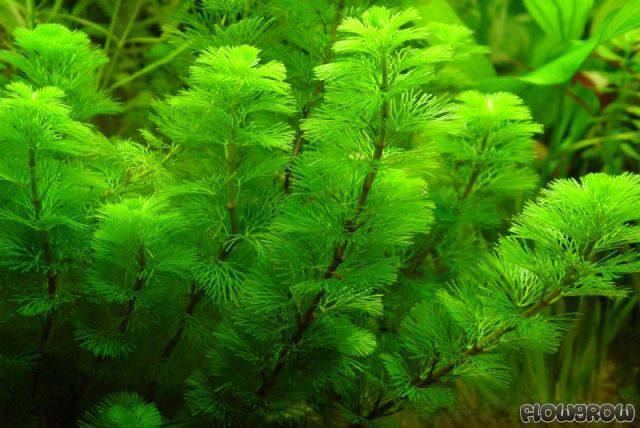 | ||
Lower classifications Cabomba caroliniana, Cabomba furcata, Cabomba aquatica | ||
Green cabomba plant profile
Cabomba is an aquatic plant genus, one of two belonging to the family Cabombaceae. It has divided submerged leaves in the shape of a fan (hence the vernacular name fanwort) and is much favoured by aquarists as an ornamental and oxygenating plant for fish tanks. Use in the aquarium trade has led to some species being introduced to other parts of the world, such as Australia, where they have become weeds.
Contents
- Green cabomba plant profile
- Aquarium plant discussion about cabomba aquatica cabombaceae
- Species
- Cabomba as an aquarium plant
- Flowers and reproduction
- References
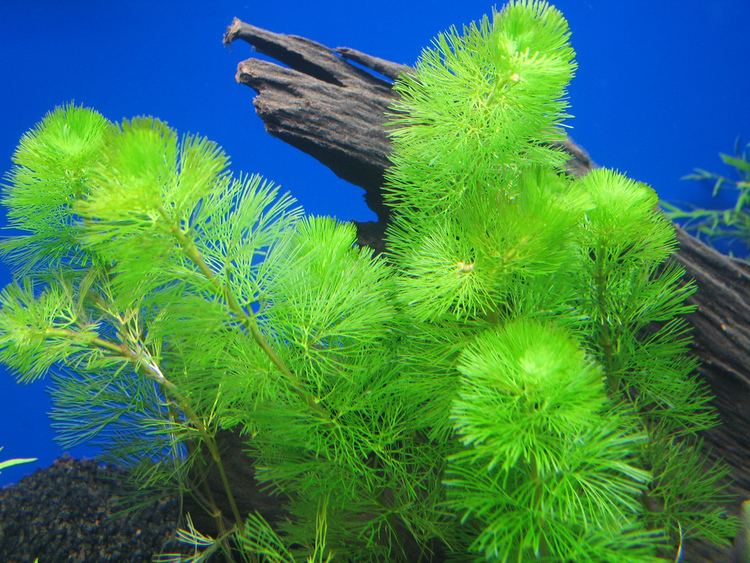
Aquarium plant discussion about cabomba aquatica cabombaceae
Species
Cabomba as an aquarium plant

Cabomba is frequently planted in aquaria, as an attractive-leaved water plant that is fast-growing (up to one inch per day). Green cabomba (C. caroliniana) is the most common, and the easiest aquarium subject. By contrast, red cabomba (C. furcata) is considered to be one of the hardest plants to care for in the aquarium.
Flowers and reproduction
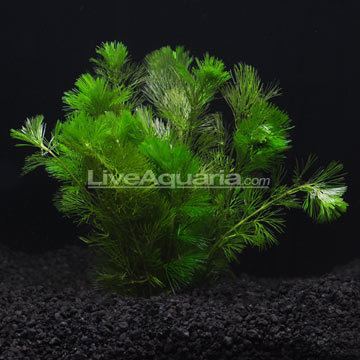
The perianth of Cabomba is either trimerous (having members in each whorl in groups of three) or bimerous (in groups of two) with white, oval-shaped petals, and is usually about 2.0 cm across when fully developed. The petals are unlike the sepals in that the former have two yellow ear-shaped nectaries at the base. Petals may also have purplish edges. Flowers are protogynous, having primarily female sexual structures on the first day of appearance and then switching to male on the second and subsequent days. Flowers emerge and are designed to be pollinated above the waterline. Principal pollinators are flies and other small flying insects.
